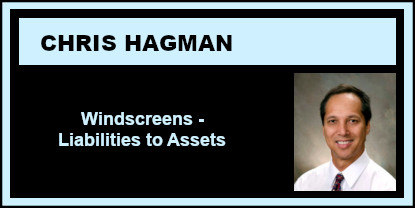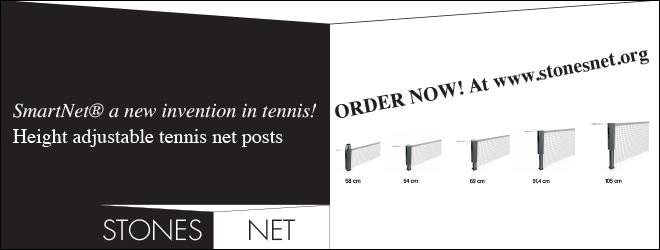|
 |
NOVEMBER
2019
WINDSCREENS
- LIABILITIES
TO ASSETS
|
|
CHRIS
HAGMAN
Christopher Hagman
is founder and President of Atlantic Recreation. As a small business
owner, he brings a diverse business background including insurance
and real estate. “This helps me see things from a business
perspective and someone else’s view. My other-centered interests
include learning how I can truly serve clubs and their goals.
My broad business background and combined abilities in fitness
and tennis put me in a unique position to do this well.”
Chris has rare
qualities as a dual certified Fitness and Tennis Professional
and has worked as Activities, Fitness and Tennis Director. He
has 35+ years of experience in amenity operations and has personally
recruited, hired and trained over 200 Professionals for leisure
services. Many of these Professionals he brought into the industry
or nurtured and now are Directors. Since 1991 his team has served
numerous country clubs and residential communities in various
roles.
Mr. Hagman is
a graduate of the University of Florida, Dale Carnegie Training
and The Living Foods Institute. His personal interests include
playing tennis, community service, and wellness programs.
|
|
abc |

 |
Windscreens - Liabilities
to Assets
Windscreens on amenity courts
can serve a few functions: visual aid, wind block, partial shade
and facility marketing. However, many facilities have screens
that do more harm than good. Here are some tips for limiting
the downside of windscreens and realizing the most benefits.
The main
function for windscreens is visual, for these provide depth perception for players.
Hence, screens are most needed at the ends of courts. While having
windscreens along the side of courts looks good, you could eliminate
these too.
Choose
six feet high windscreens
- particularly if your facility is near the water. As wind speeds
increase, the shorter screens act less like sails and reduce
damage to fencing. Also, the six feet screens are easier to install
and less expensive.
Use plastic
zip ties to secure windscreens and avoid wire or metal clips. With high winds you want ties to break
and screens to come loose as compared to ripping grommets and/or
fencing coming down.
Get a
fence diagram with tension bar measurements. To professionally install windscreens,
you need to know tension bar measurements. These are the outside
distance between the vertical bars next to posts for each section
of fencing. Note, similar courts may have slightly different
measurements. I recommend knowing all the key measurements of
your facility including court dimensions and lighting. |
 |

 |
Install vents
with nine feet windscreens.
If you choose the taller windscreens, which can be attractive
and provide more shade, include vents to reduce stress on fences.
Hemmed vents look better and cost more too. Half-moon vents are
sufficient for most facilities.
Logos
enhance image and can provide signage. Choose a color that contrasts, and most logos
are approximately four feet by six feet. If you have tennis courts
near a road, a large logo on a windscreen can be an effective
sign.
Train
staff to care for windscreens including major storms. Keep sprinklers from watering screens
as minerals can leave stains. Prepare to roll-up or remove windscreens
before hurricanes and avoid folding and storing them when wet.
Follow these tips to screen your court assets!
Chris Hagman ACE, USPTA |
 |
|




